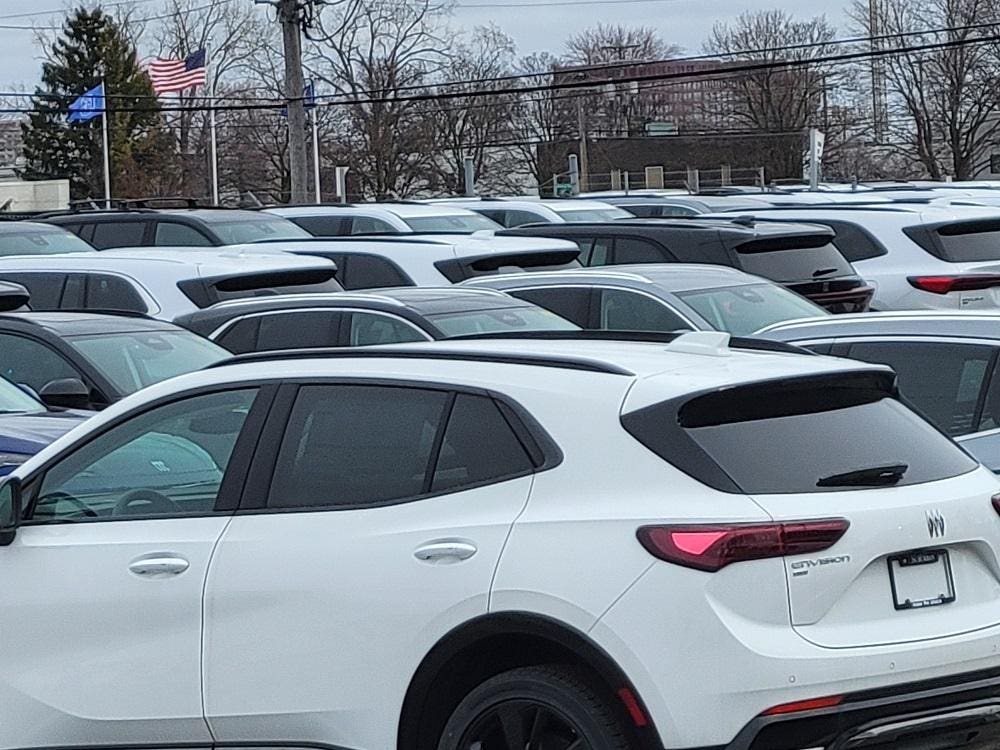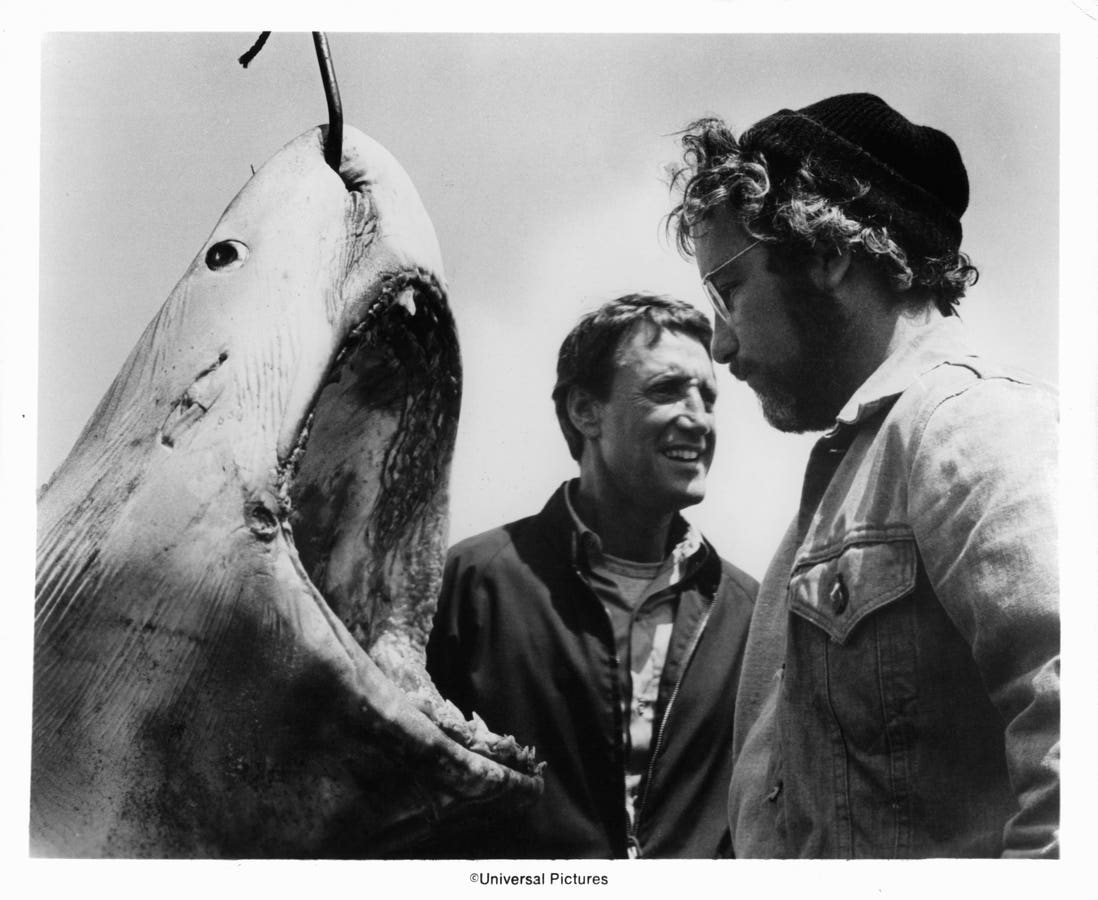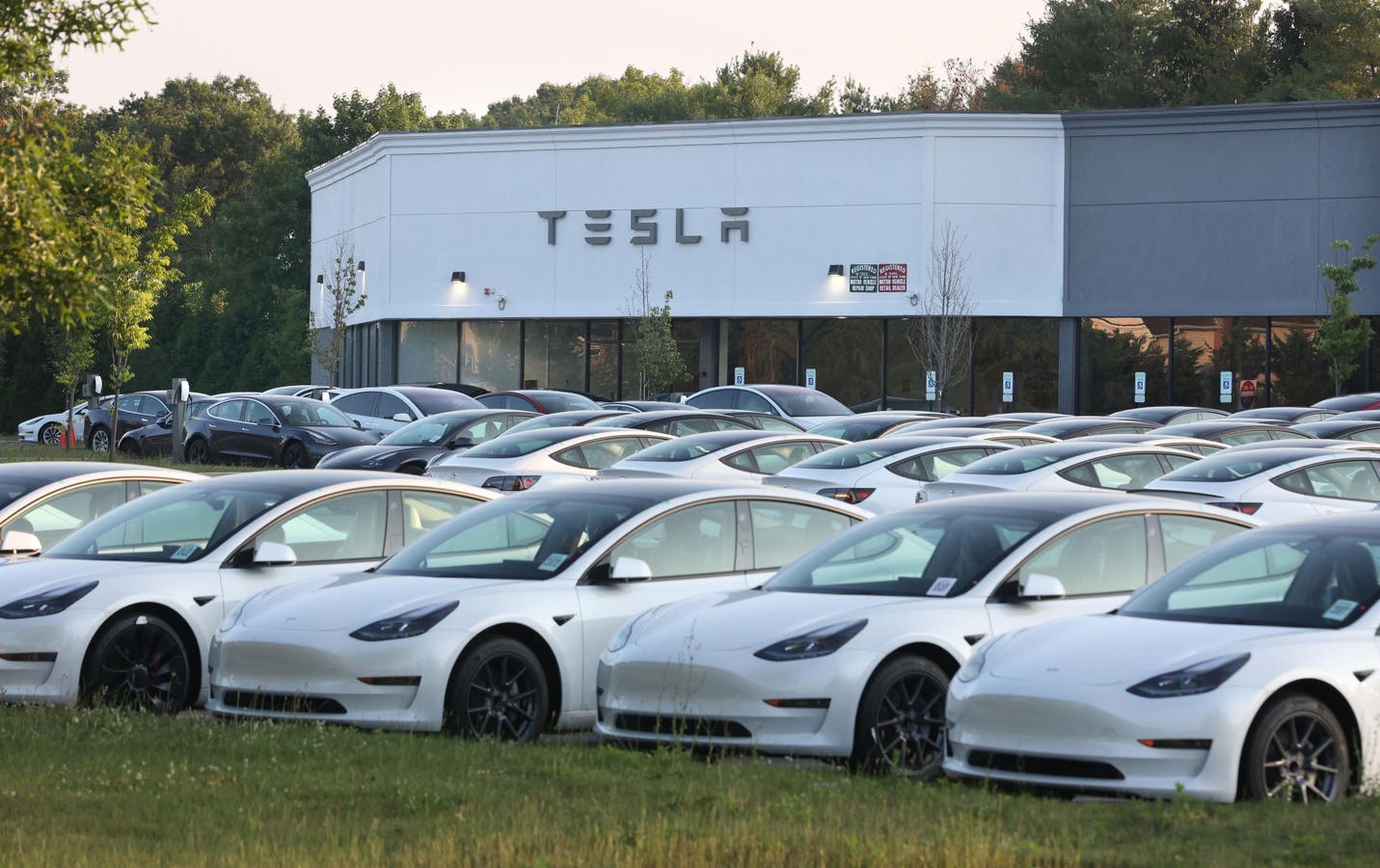After an initial rush to purchase vehicles before import tariffs kicked in, the sales rate has … More
It was all going so well. Sales for both new and used vehicles were already skipping along at a brisk pace.
After Pres. Trump announced tariffs on imported vehicles sales then accelerated into overdrive when consumers stormed showrooms to avoid the expected price hikes.
But as British troubadours Chad and Jeremy sang long ago, that was yesterday, and yesterday’s gone.
Cox Automotive senior economist Charlie Chesbrough briefing media on market conditions during an … More
“It’s really tomorrow that we’re worried about, and that’s because these tariffs are really going to start to have an impact on the market here over the next couple of months,” said Charlie Chesbrough, senior economist at Cox Automotive, during a media event at the company’s Manheim Detroit wholesale auto auction facility. “We think that there’s going to be a situation where the selling pace of both the new and the used market is likely to shift into a slower pace here over the summer months, as high vehicle prices start to hit the market.”
The rush to score deals before the tariffs kicked in led to the seasonally-adjusted sales rate for new vehicles to jump to 17.8 million vehicles in March, and 17.3 million in April, according to Cox research.
That squares with research from J.D. Power showing in March and April, approximately 149,000 extra vehicles were sold due to buyers re-timing their purchases on the expectation of significant future price increases.
“These re-timed sales will present a headwind to the industry sales pace for the balance of this year,” wrote Thomas King, president of the data and analytics division at J.D. Power. “Despite this effect, retail demand for new vehicles remains robust, with retail sales expected to increase 1.1% over a year ago.”
Used car sales saw a similar surge, although Chesbrough points out that’s more typical of the spring selling season when consumers receive their tax refunds.
In both cases, however, the buying frenzy has led to thinner inventories, meaning fewer discounts and higher prices, bad news at a time when vehicle affordability was just starting to attenuate from record highs.
“We actually went through a period where prices were contracting for quite a time in the new vehicle market,” pointed out Chesbrough. “But now you can see they’re starting to rise again, and with these tariffs coming in over the course of the summer, that’s going to put even more pressure on these prices and in the used vehicle markets, a similar story as well.”
Prices for used vehicles are starting to increase due to lean inventories of trade-ins and vehicles … More
The average transaction price for new vehicles rose 1% last month from a year ago and about $1,000 from March to about $48,700. For used vehicles, the ATP stood at $25,547, down from the peaks during the days of lean inventories caused by Covid-era production slowdowns, according to Cox research.
The numbers from J.D. Power differ slightly, but not the trend.
“The average used-vehicle price is trending towards $29,168, up $130 from a year ago,” wrote King. “This reflects the combination of reduced supply of recent model-year used vehicles—due to lower new-vehicle production during the pandemic—fewer lease maturities and manufacturers moderating discounts.”
But in both cases, consumers’ budgets are likely to be further challenged as we head into the summer.
“Our expectation is over the course of the summer, those prices are going to rise even more quickly,” predicted Chesbrough.
Auction lanes at Manheim Detroit where used vehicles are sold to dealers.
Stark evidence of price increases for used vehicles is seen at the sprawling Manheim Detroit facility and the other Manheim sites, where dealers bid on vehicles to fill their lots through both online and in-person auctions.
The selling price at those auctions rose an average of about 4.9% in April with the largest increase of 5.5%, according to Chesbrough. That includes the full breadth of body styles for internal combustion engine and electric vehicles.
Propping up used vehicle values is the dearth of trade-ins and turned-in lease vehicles caused by the Covid-era production and sales slump. But with both the sales and leasing pace seeing sharp increases since then, the supply of used vehicles coming to auction is expected to surge in the next couple of years, but with a distinct change in category.
With battery electric and hybrid vehicles leasing at more than a 50% rate the last few years, Chesbrough expects “We’re going to see a whole bunch of those electric vehicles coming to auction. In fact, about 500,000 are expected in 2027.”
Consumer sentiment is at its lowest point since the Great Recession in June, 2022, according to the … More
But in the near-term, despite some automakers vowing to absorb the costs of import tariffs, eschewing price increases, the combination of the levies and the overall state of the economy has consumer confidence as its lowest point since June of 2022 during the Great Recession, according to the University of Michigan consumer sentiment study.
“We were recovering,” said Chesbrough. “But then once we got past the election and Trump started talking about these tariffs, we’ve fallen off a cliff since last December. The concern is that when you have consumers in this situation where they’re really concerned about the outlook for the U.S. economy, it almost becomes a self-fulfilling prophecy. They start pulling back on their consumption.”
Indeed the title of another long-ago hit may predict what’s up ahead could very well turn out to be a “Cruel Summer.”








